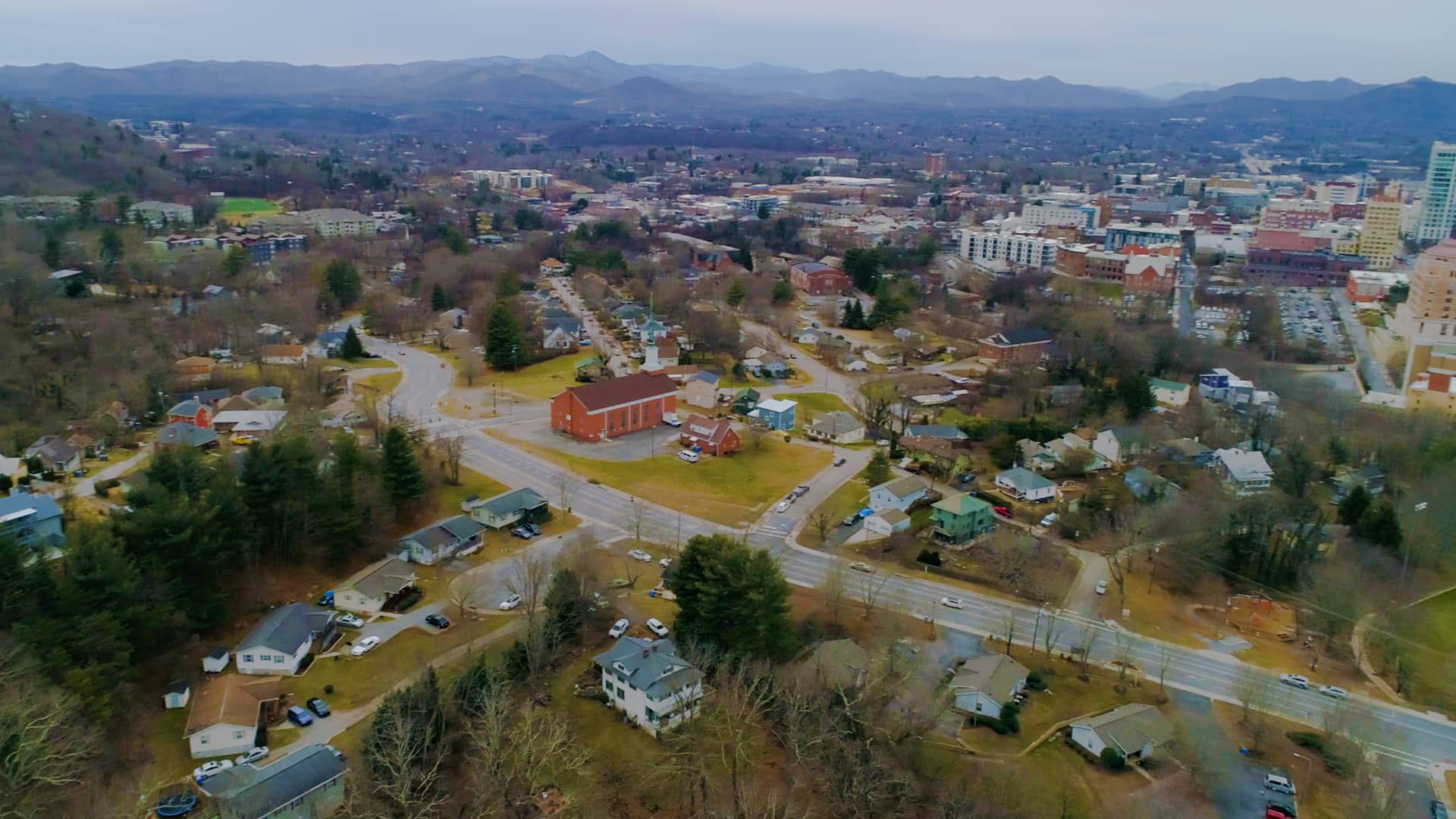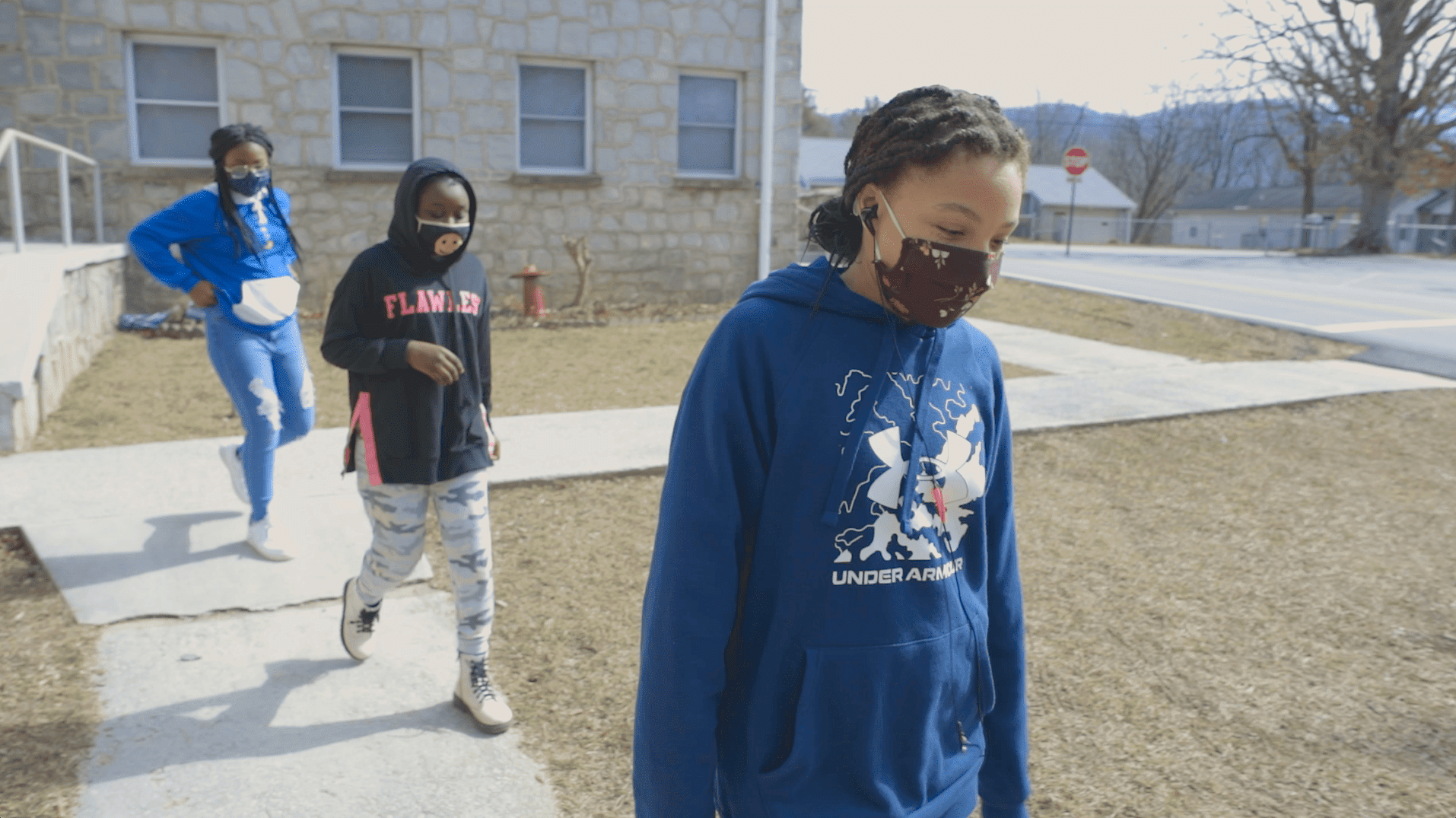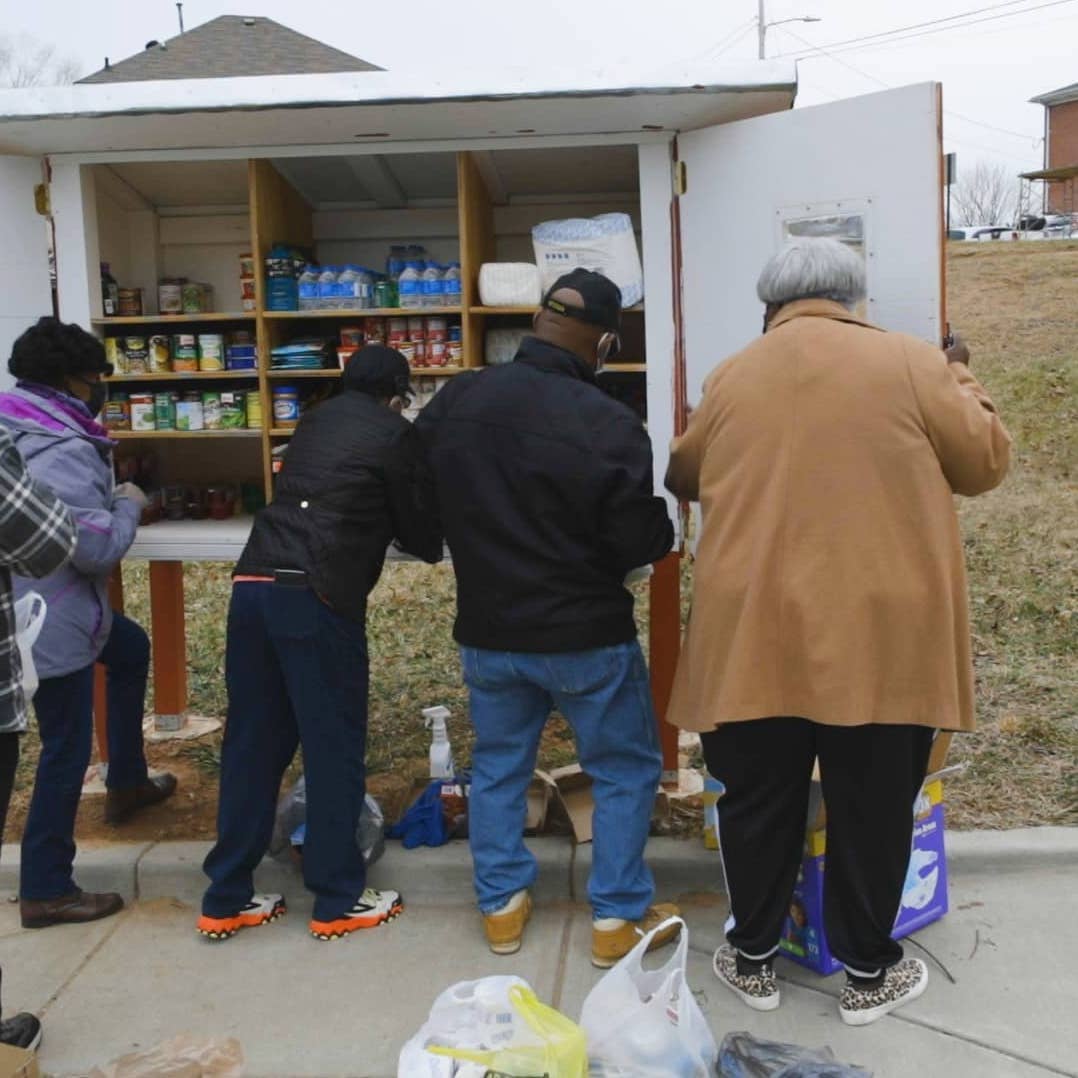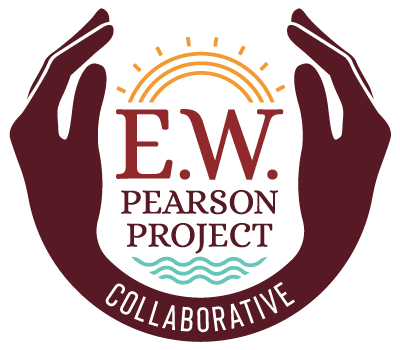ABOUT
NEIGHBORHOODS
In 2017, Shiloh Community Association joined with two other historic African American community-based organizations – East End Valley Street Neighborhood and Burton Street Community Associations – and an African American educational nonprofit, Project Lighten Up, to form E. W. Pearson Project Collaborative.
The Collaborative has shared goals and objectives that are implemented via each organization’s established and Asheville City Council recognized and/or adopted Neighborhood Plans’ priorities.
According to Sarah Judson, “Some scholars suggest that as many as 1,600 African American neighborhoods were destroyed by urban renewal during three decades of public policy. Most African American neighborhoods in Asheville, many of which were over one hundred years old, were affected.” Below you will find information on three of the oldest African American communities within Buncombe County.

The Burton Street Community
The Burton Street Community is a diverse and welcoming neighborhood that celebrates its unique history and is a model for sustainability through a strong community association; green, affordable development; local economic activity; and a safe, walkable network of parks and productive gardens. The Burton Street Community consists of mostly single-family homes, less than 90 empty lots, three community churches, the Community Center and three community gardens.
Located in Asheville, North Carolina and within the U.S. Department of Justice’s West Riverside Weed and Seed area, the Burton Street Community has shown its resilience as a community in uniting to combat crime, poor infrastructure and problems arising from increased community diversity.

East End Valley Street Neighborhood
The East End/Valley St. neighborhood is one of the most historically significant African-American neighborhoods in Asheville. Almost all of the first African-American churches of various denominations are located in the East End Valley Street community —St. Matthias’ Episcopal, Nazareth First Missionary Baptist, Calvary Presbyterian, St. James’ AME, Hopkins Chapel AME Zion, and Berry Temple Methodist Episcopal. Asheville’s first school for African American students was established in the East End Valley Street —at St. Matthias’ in 1867. Additionally, two other schools for African-Americans were located—Allen High School, a private (Methodist) school for girls, and Stephens-Lee High School, a public school that became something of a community center and a center for black culture and education for the whole region in the mid-Twentieth Century.
The neighborhood has recently seen a surge in development with infill building of apartments and single-family homes. For sale signs are popping up on parcels no one ever expected to be developed. That development, and closeness to town, has brought about a shift in demographics from predominately African-American family homes to many white families moving in. Located within a few minutes walk from downtown, the East End has become a location of choice for people looking for the “Asheville lifestyle.”
The East End Valley Street Neighborhood Association is actively working with old and new residents in a concerted effort to re-create that lost sense of community, preserve and protect the neighborhood’s rich African-American heritage. The Association is committed to re-connecting the two parts of what was once a single unified neighborhood, and making sure that the neighborhood and its residents are actively involved in any decisions affecting their future. The Association’s new motto boldly proclaims, “The East End Is Rising!” Source: The Rev. Jim Abbott

Shiloh Community
Shiloh was established in 1870 and located where the Biltmore Estate is today. In the 1880’s our ancestors were moved to where we are today. Shiloh is the last intact historical Afro-American community of Asheville, NC. Older residents refer to Shiloh as the New Shiloh. When George Vanderbilt purchased the land for his mountain home in the late 1880’s, he moved the entire community, including Shiloh AME Zion Church and the church’s cemetery to its current location. The residents of Shiloh have maintained a strong spiritual foundation and commitment to the churches, which have strengthen the Shiloh community.
The “core” area of Shiloh, that portion of the neighborhood where most of the plan initiatives will be targeted (Map 2, page 14) encompasses approximately 240 acres (.38 square miles) and is largely residential in nature (228 acres) with most of the residential properties supporting single family homes (216 acres). Shiloh has been experiencing ongoing private reinvestment activity in recent years, consisting mostly of new construction of duplexes or detached housing. A somewhat controversial condominium development of 168 units (Appeldoorn), completed in January 2007, is felt to be an example of a recent infill project that is inconsistent with the character of existing development in the community
Shiloh is a self-determined resilient community, which has weathered the storms of relocation, desegregation and urban renewal. The Shiloh Community has a strong pool of talented, enthusiastic, and motivated residents. Residents of Shiloh enjoy good relationships and community cohesion while welcoming a new diverse community.
Shiloh Community currently partners with over 20 entities that have a commitment to equity and providing service in a community-based manner. Source: Shiloh Community Plan

Project Lighten Up Virtual Learning and After School program
Project Lighten Up was built upon the African proverb, “It takes a village to raise a child”; the goal of the program is for every child to “learn all you can all you learn.” The purpose of Project Lighten Up is to reduce the achievement gap among African American students by eliminating summer learning loss, develop self-esteem and self-confidence through learning and earning and deter juvenile delinquency and criminal activity through positive enriching activities.
By providing a safe and healthy environment for children and youth during work hours, the camp helped to alleviate difficulties faced by working families with dependent children. Through the Project Lighten Up program’s mentoring component, the camp helps to foster a positive self-image among children and youth who may have experience issues in developing positive self-esteem due to an underprivileged or unsupportive environment.
common group goals
- To foster and maintain effective communication with City & County
- To increase educational & enrichment opportunities for students
- To support the development of affordable housing
- To create and maintain community gardens & host neighborhood beautification programs that maintain the culture of the community
- To increase the economic & business development opportunities within each community.
The Collaborative’s members are actively, “Addressing urban poverty through strengthening assets.” According to noted researcher, Diane Mitlin, there are “three strategies to enhance the asset base of the urban poor: strengthening grassroots organizations, transforming relationships with the state & developing new alternatives to conventional urban development practices” (2003). The Collaborative’s members are actively working to implement each of these three elements into their communities in order to transform the realities of the residents.
The Collaborative members have been instrumental in the City’s efforts to improve MLK, Jr. Drive, begin the planning the redevelopment for Memorial Stadium, organizing and founding of the Asheville Buncombe Community Land Trust, & working with consultants from the NCDOT to create a Mitigation Plan to minimize the impact of the expansion of the I-26 corridor on Burton Street neighborhood.
Each of the Collaborative partners have school aged programs that are offered during the school year & during the summer. The programs are either free or offered on sliding scale rate. Many of the programs for middle & high school students offer opportunities for the students to earn stipends.
Additionally, each partner provides fresh fruits & vegetables to residents that are grown in the community-based gardens, which are maintained using students & adult volunteers.
Increasing Health and Wellness Awareness
Addressing health disparities is an important initiative for the East End/Valley Street neighborhood association. The leadership is partnering with Stephens Lee Recreation Center to increase programing for residents that focus on health and wellness. Stephens Lee is hosting a Stephens-Lee Food Pharmacy on Tuesday and Thursday of each week. Residents are able to receive free nutritious foods for themselves and their family.
The Shiloh Community Association has developed effective relationships with various community organizations including, Asheville-Buncombe Institute for Parity Achievement (ABIPA, YMCA of Western North and Carolina, Shiloh Recreation Center to assist with providing effective health and wellness programs for the residents of Shiloh. Residents participate in the following activities:
- *Seniors’ Zumba Gold Exercise class on Wednesday and Friday
- *Health Education class on Wednesdays with ABIPA
- *YMCA food van the second Wednesday of each Month at Shiloh Recreation Center.
*Please note: These activities are not available at this time due to Covid-19 limitations.
Sponsors:
Beattie Foundation
Buncombe County Government – Isaac Coleman Economic Community Investment Funding
Glass Foundation
Z. Smith Reynolds Foundation
SERVICES
CALENDAR
DONATE



